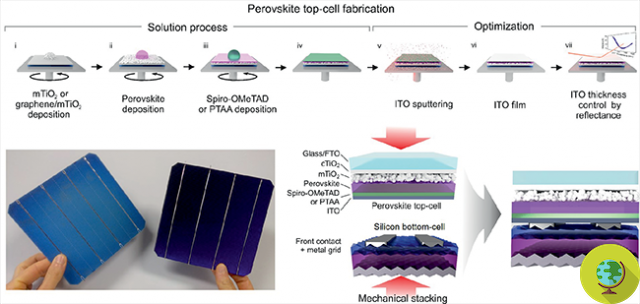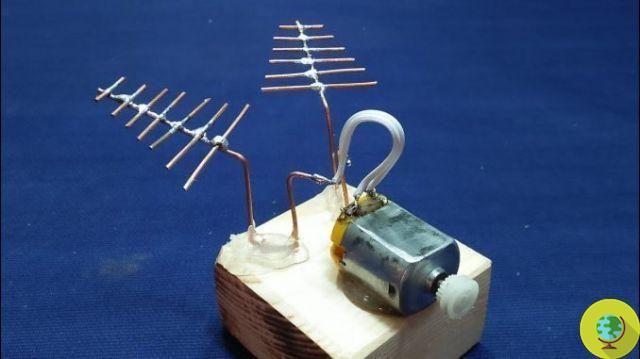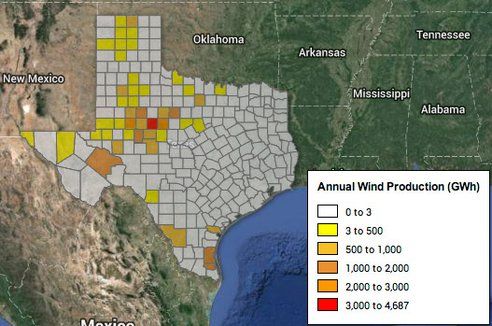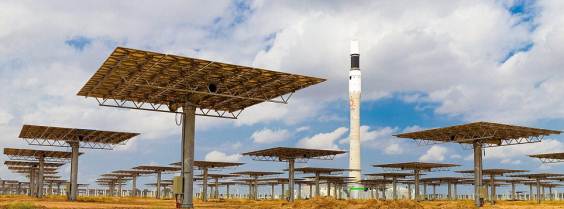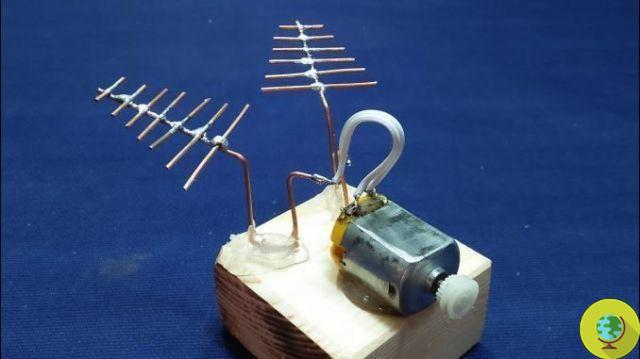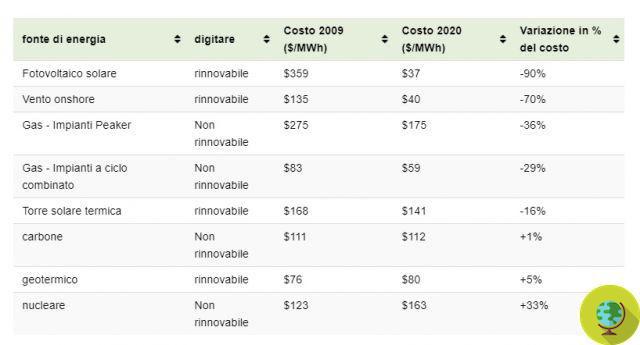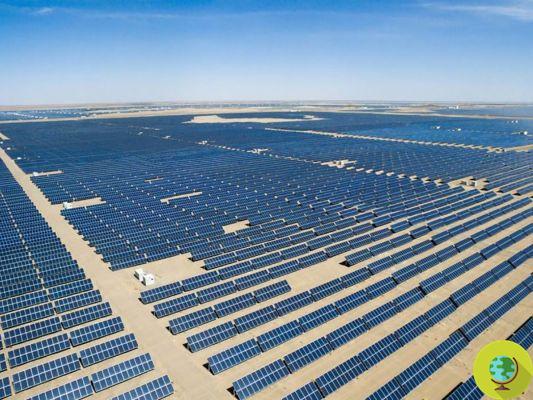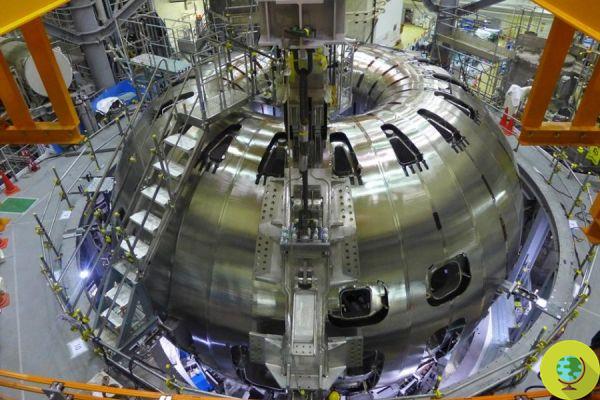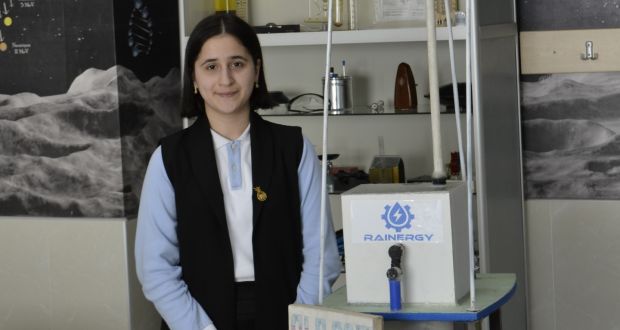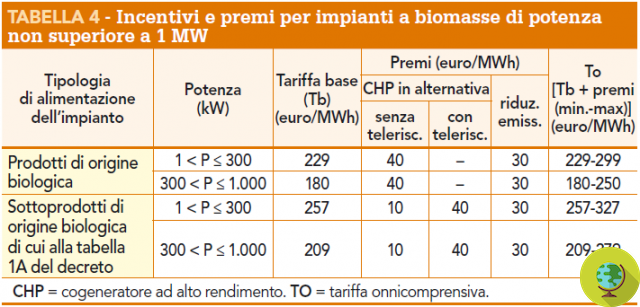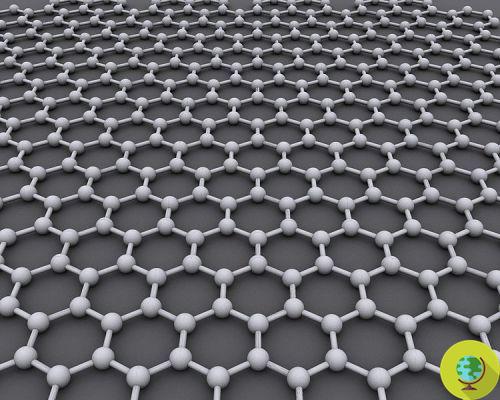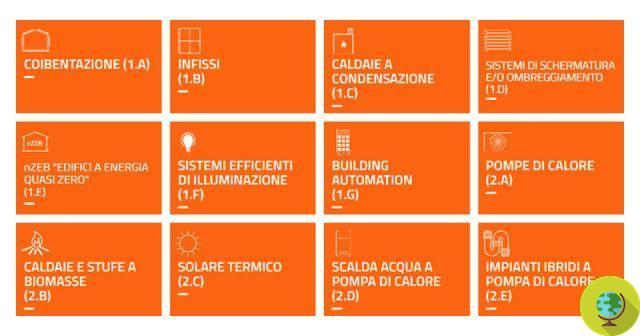The photovoltaic puts the antennas. What promises to be the great revolution in the world of solar panels comes from MIT (Massachusetts Institute of Technology) in Boston, which become smaller and more efficient thanks to the micro antennas designed and built in the famous American laboratory and disseminated in the telematic edition of Nature Materials magazine.
He is about to end up run over, his mother saves him
Il PV puts the "antennas". Comes from MIT (Massachusetts Institute of Technology) in Boston what promises to be the great revolution in the world of solar panels, which become smaller and more efficient thanks to the micro antennas designed and built in the famous American laboratory and disseminated in the telematic edition of the journal Nature Materials .
A few days after the publication of the research on self-repairing photovoltaic cells, MIT which, you will remember, with the support of Eni had inaugurated a center completely dedicated to research and development of solar technologies, amazes the world again with a new innovation of which broke the news yesterday.
The novelty - this time - is in the tiny antennas, capable of making the panels become up to 100 times more powerful compared to traditional ones. Thanks to the nano antennas, in fact, the photovoltaic modules are able to absorb and use a greater amount of light energy (in the form of photons) and transform it into electricity to be stored in the cells.

All this was possible thanks touse of innovative materials, which allowed the creation of very small antennas, formed by tubes - made with carbon atoms - 10 millionths of a meter (micrometers) long and 4 micrometers wide.
The chemical engineer is once again coordinating the American team of researchers Michael Strange, which managed to control the behavior of nanotubes with different properties and to build a prototype of photovoltaic panel. Before building and spreading this new solar panel, however, it is necessary to minimize the energy losses that occur during transport within the fibers.
Once this problem is resolved, we will only have to expect small solar panels to be installed anywhere, without the need for large spaces as is the case today.
Verdiana Amorosi
For more information:
http://web.mit.edu/newsoffice/2010/solar-antenna-0913.html




